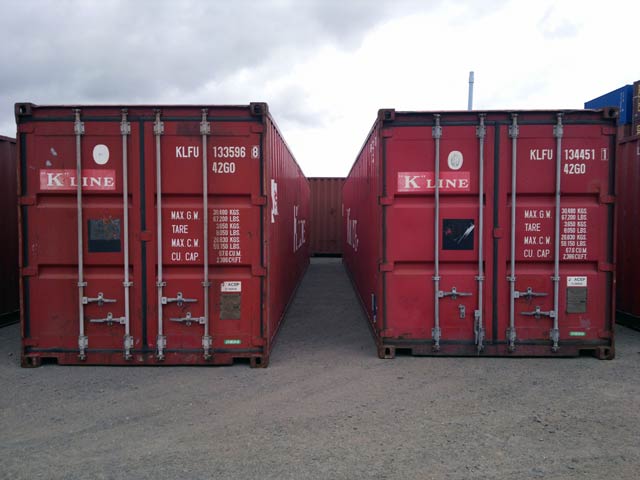In a world where sustainability is becoming increasingly crucial, innovative solutions are emerging to address our housing needs while minimizing environmental impact. One such trend that has gained significant traction is the use of shipping containers to create homes. This unconventional approach not only repurposes materials but also offers a versatile and eco-friendly alternative to traditional housing. In this article, we’ll delve into the fascinating world of shipping container homes, exploring their benefits, challenges, and the impact they have on our planet.
The Rise of Shipping Container Homes
A Sustainable Revolution
Shipping container homes represent a paradigm shift in the way we view construction. By repurposing containers that would otherwise sit idle or end up in landfills, we contribute to the reduction of waste and the conservation of resources. This sustainable approach aligns with the growing awareness of our ecological footprint, making shipping container homes an attractive option for environmentally conscious individuals.
Cost-Effective and Time-Efficient
Beyond their eco-friendly appeal, shipping container homes offer a cost-effective and time-efficient solution to housing needs. The structures can be quickly assembled, significantly reducing construction timelines compared to traditional building methods. This efficiency not only benefits homeowners but also makes these homes a viable option for addressing urgent housing needs in various contexts, including disaster relief efforts.
Benefits of Shipping Container Homes
Energy Efficiency
Shipping containers are inherently designed to withstand the rigors of transportation, making them structurally sound. When converted into homes, these containers provide excellent insulation, helping to regulate indoor temperatures naturally. This energy efficiency contributes to lower utility bills and a smaller overall carbon footprint.
Customization and Design Flexibility
Contrary to the perception that shipping container homes lack aesthetic appeal, these structures offer ample room for creativity and customization. Architects and homeowners alike have embraced the challenge of turning these steel boxes into stylish and modern living spaces. The result is a diverse array of designs that showcase the adaptability and versatility of shipping container architecture. If you want to find great tips and information about using shipping containers in modern architecture, you may visit their page to learn more.
Mobility and Adaptability
One of the unique advantages of shipping container homes is their mobility. These homes can be easily transported to different locations, offering a level of adaptability that traditional homes cannot match. This feature is particularly appealing for individuals who value a nomadic lifestyle or those looking for temporary housing solutions.

Challenges and Considerations
Regulatory Hurdles
While the concept of shipping container homes is gaining popularity, it is not without its challenges. One significant hurdle is the varying building codes and regulations across different regions. Navigating these complexities requires careful planning and collaboration with local authorities to ensure compliance and the safety of inhabitants.
Insulation and Ventilation
The steel structure of shipping containers, while durable, presents challenges in terms of insulation and ventilation. Proper insulation is crucial to creating a comfortable living environment, especially in extreme climates. Overcoming these challenges often involves additional modifications and the incorporation of insulation materials to enhance the livability of the space.
The Future of Housing
As the world grapples with the need for sustainable living solutions, shipping container homes are emerging as a compelling option. Their eco-friendly nature, cost-effectiveness, and adaptability position them as a viable contender in the future of housing. While challenges persist, ongoing innovations and a growing community of enthusiasts and professionals are driving the evolution of shipping container architecture.
In conclusion, shipping container homes represent more than just a housing trend; they embody a shift towards a more sustainable and resource-conscious future. As technology and design continue to advance, we can expect even more innovative approaches to harnessing the potential of shipping containers for creating homes that are not only environmentally friendly but also functional and aesthetically pleasing.
